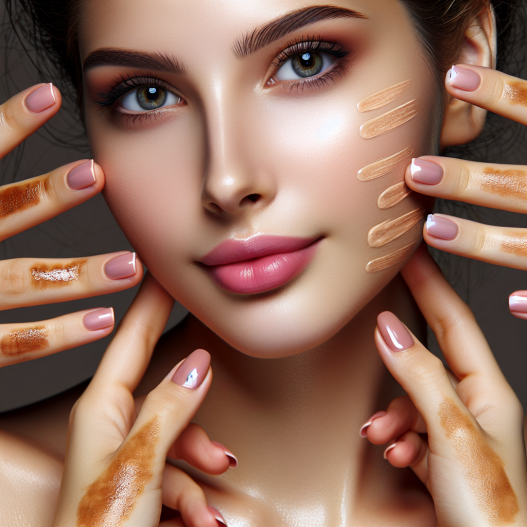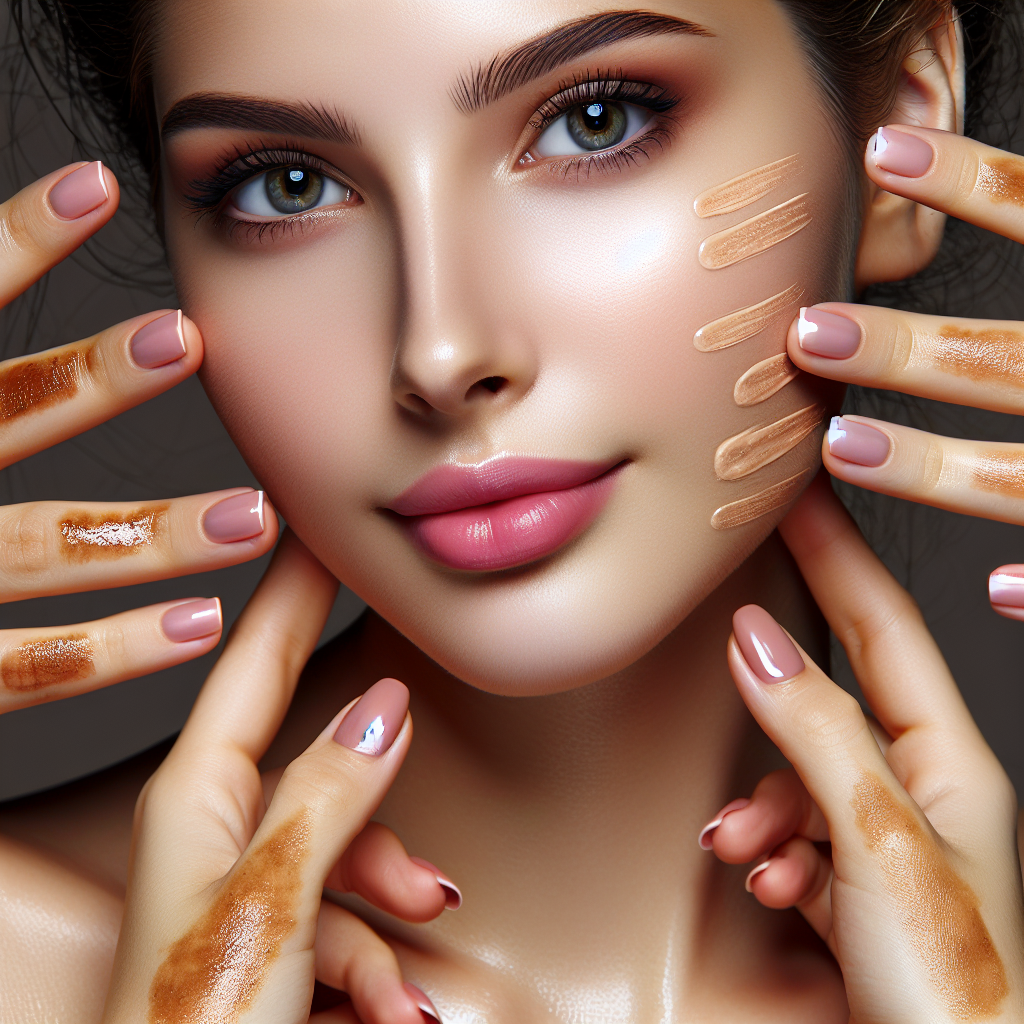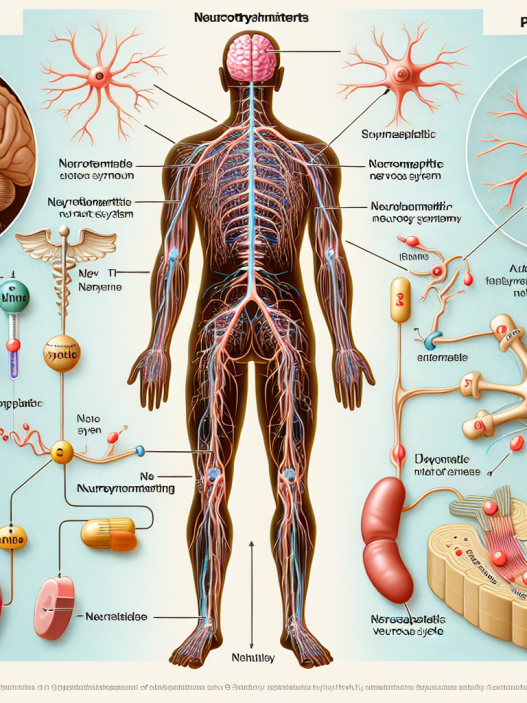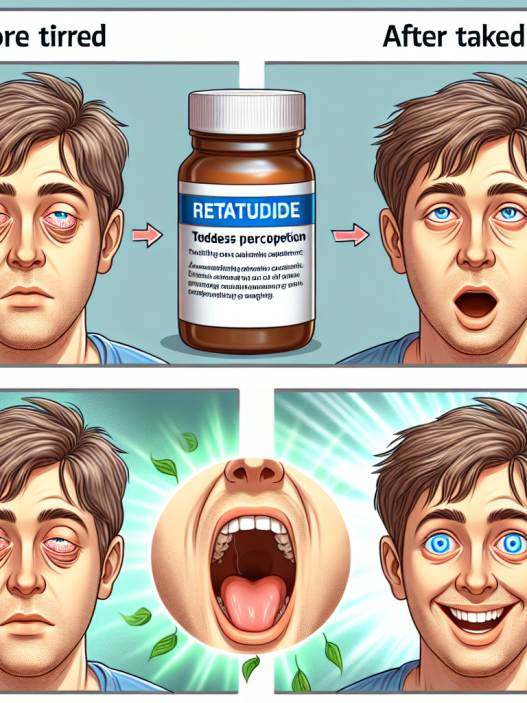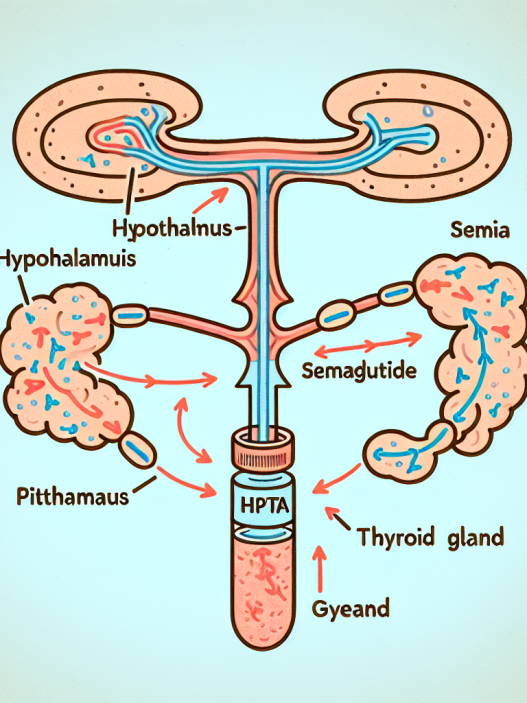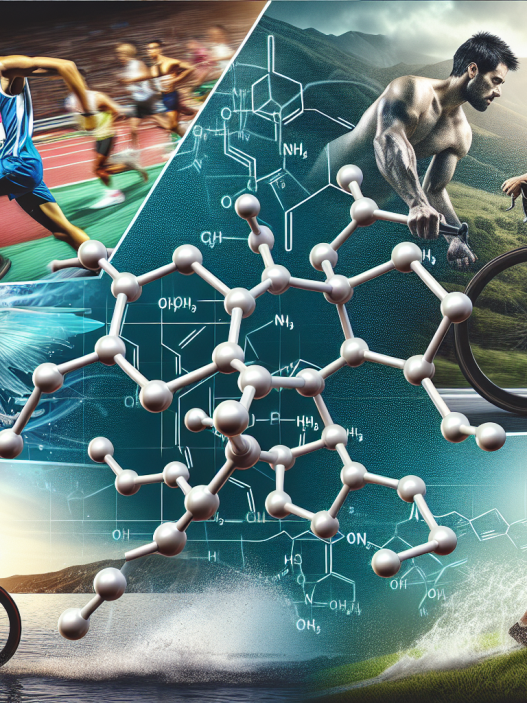-
Table of Contents
«Transforma tu piel con Retatrutide: la solución para una apariencia radiante y rejuvenecida»
Introduction
Retatrutide is a topical medication that is commonly used to treat various skin conditions such as acne, wrinkles, and hyperpigmentation. It contains a retinoid, which is a derivative of vitamin A, and is known for its ability to improve skin texture and appearance. However, like any medication, Retatrutide can have some effects on the skin, both positive and negative. In this article, we will discuss the potential effects on the skin after using Retatrutide.
The Top 5 Benefits of Using Retatrutide for Skin Health
Retatrutide, also known as tretinoin, is a topical medication that has been used for decades to treat various skin conditions. It is a derivative of vitamin A and is commonly prescribed for acne, wrinkles, and other signs of aging. However, in recent years, Retatrutide has gained popularity for its numerous benefits for overall skin health. In this article, we will discuss the top five benefits of using Retatrutide for skin health.
1. Reduces Acne and Breakouts
One of the most well-known benefits of Retatrutide is its ability to reduce acne and breakouts. It works by unclogging pores and preventing the formation of new pimples. Retatrutide also has anti-inflammatory properties, which can help reduce the redness and swelling associated with acne. Additionally, it can help fade acne scars and improve overall skin texture.
2. Improves Skin Texture and Tone
Retatrutide is also known for its ability to improve skin texture and tone. It works by increasing cell turnover, which helps to shed dead skin cells and reveal smoother, brighter skin. This can help reduce the appearance of fine lines, wrinkles, and other signs of aging. Retatrutide also stimulates the production of collagen, a protein that gives skin its elasticity and firmness, resulting in a more youthful appearance.
3. Fades Hyperpigmentation and Dark Spots
Hyperpigmentation, or dark spots, can be caused by various factors such as sun exposure, hormonal changes, and acne scars. Retatrutide has been proven to be effective in fading these dark spots and evening out skin tone. It works by inhibiting the production of melanin, the pigment responsible for dark spots. With regular use, Retatrutide can help fade hyperpigmentation and give you a more even complexion.
4. Prevents and Reverses Signs of Aging
As we age, our skin naturally loses collagen and elasticity, resulting in wrinkles, fine lines, and sagging skin. Retatrutide can help prevent and reverse these signs of aging by stimulating collagen production and increasing cell turnover. This results in smoother, firmer, and more youthful-looking skin. Additionally, Retatrutide can also help reduce the appearance of age spots and improve overall skin texture.
5. Treats Other Skin Conditions
Aside from its well-known benefits for acne and aging, Retatrutide can also be used to treat other skin conditions. It has been proven to be effective in treating psoriasis, a chronic skin condition characterized by red, scaly patches. Retatrutide works by slowing down the growth of skin cells and reducing inflammation. It can also be used to treat melasma, a condition that causes dark patches on the skin, and rosacea, a skin condition that causes redness and flushing.
In conclusion, Retatrutide has numerous benefits for skin health. It can help reduce acne and breakouts, improve skin texture and tone, fade hyperpigmentation and dark spots, prevent and reverse signs of aging, and treat other skin conditions. However, it is important to note that Retatrutide can cause skin irritation, dryness, and sensitivity, especially in the first few weeks of use. It is essential to follow your dermatologist’s instructions and use Retatrutide as directed to avoid any adverse effects. With proper use, Retatrutide can be a powerful tool in achieving healthy, radiant skin.
Understanding the Science Behind Retatrutide’s Impact on Skin
Retatrutide, also known as tretinoin, is a topical medication commonly used for the treatment of acne, wrinkles, and other skin conditions. It is a derivative of vitamin A and works by increasing cell turnover and promoting the growth of new skin cells. While it has been proven to be effective in improving skin texture and appearance, there are also some potential side effects that users should be aware of.
One of the most common side effects of Retatrutide is skin irritation. This can manifest as redness, dryness, and peeling of the skin. This occurs because the medication is stimulating the production of new skin cells, causing the old ones to shed. While this may sound alarming, it is actually a sign that the medication is working. However, it is important to use Retatrutide as directed and to start with a low concentration to minimize the risk of irritation.
Another potential side effect of Retatrutide is increased sensitivity to sunlight. This is because the medication thins the outer layer of the skin, making it more vulnerable to UV rays. It is crucial to use sunscreen with a high SPF and to limit sun exposure while using Retatrutide. Failure to do so can result in sunburns, premature aging, and even an increased risk of skin cancer.
In addition to these common side effects, Retatrutide can also cause changes in skin pigmentation. This is more likely to occur in individuals with darker skin tones. The medication can cause areas of hyperpigmentation, where the skin becomes darker, or hypopigmentation, where the skin becomes lighter. These changes are usually temporary and will fade once the medication is discontinued. However, it is important to discuss any concerns with a dermatologist.
Retatrutide has also been linked to an increased risk of birth defects when used during pregnancy. It is classified as a category C medication, which means that there is a potential risk to the fetus. Pregnant women should avoid using Retatrutide and should consult with their doctor for alternative treatment options. Women who are planning to become pregnant should also discontinue the use of Retatrutide at least one month before trying to conceive.
Aside from these potential side effects, Retatrutide has been proven to have a positive impact on the skin. It is commonly used for the treatment of acne, as it helps to unclog pores and reduce inflammation. It is also effective in reducing the appearance of fine lines and wrinkles, making it a popular choice for anti-aging treatments. Retatrutide can also improve skin texture and tone, giving the skin a smoother and more youthful appearance.
One of the reasons why Retatrutide is so effective is because it works at a cellular level. It increases the production of collagen and elastin, which are essential proteins for maintaining skin elasticity and firmness. As we age, our skin produces less of these proteins, leading to the formation of wrinkles and sagging skin. Retatrutide helps to reverse this process, resulting in a more youthful and radiant complexion.
In conclusion, Retatrutide is a powerful medication that can have a significant impact on the skin. While it has been proven to be effective in treating various skin conditions, it is important to be aware of the potential side effects. It is crucial to use the medication as directed and to consult with a dermatologist if any concerns arise. With proper use and precautions, Retatrutide can help to improve the overall health and appearance of the skin.
Real People, Real Results: Before and After Photos of Retatrutide Users
Retatrutide, also known as tretinoin, is a topical medication commonly used for the treatment of acne, wrinkles, and other skin conditions. It is a form of vitamin A that works by increasing cell turnover and promoting the growth of new skin cells. While it is a popular and effective treatment, many people are curious about the potential effects on their skin after using Retatrutide. In this article, we will take a closer look at the real results of Retatrutide users through before and after photos.
Before we dive into the photos, it is important to note that Retatrutide is a prescription medication and should only be used under the guidance of a healthcare professional. It is not recommended for use during pregnancy or while breastfeeding. Additionally, Retatrutide can cause some initial side effects such as redness, dryness, and peeling of the skin. These side effects are temporary and usually subside after a few weeks of use.
Now, let’s take a look at some real results of Retatrutide users. The before and after photos of individuals who have used Retatrutide show significant improvements in their skin. One of the most common uses of Retatrutide is for the treatment of acne. Acne is a skin condition that affects millions of people worldwide, and it can be a source of frustration and self-consciousness. However, the before and after photos of Retatrutide users show a significant reduction in acne breakouts and an overall improvement in the appearance of their skin.
In addition to acne, Retatrutide is also commonly used for the treatment of wrinkles and fine lines. As we age, our skin loses its elasticity and wrinkles start to appear. Retatrutide works by stimulating collagen production, which helps to improve the texture and firmness of the skin. The before and after photos of Retatrutide users show a noticeable reduction in wrinkles and fine lines, giving the skin a smoother and more youthful appearance.
Another common skin condition that Retatrutide is used for is hyperpigmentation. This is when certain areas of the skin become darker than the surrounding skin due to an increase in melanin production. This can be caused by sun exposure, hormonal changes, or skin injuries. Retatrutide helps to even out skin tone by reducing the production of melanin. The before and after photos of Retatrutide users show a significant improvement in hyperpigmentation, with a more even and brighter complexion.
Aside from these common skin concerns, Retatrutide has also been shown to improve the overall texture and tone of the skin. It can help to reduce the appearance of pores, improve skin hydration, and give the skin a smoother and more radiant look. The before and after photos of Retatrutide users demonstrate these effects, with a noticeable improvement in the overall appearance of their skin.
It is important to note that the results of Retatrutide may vary from person to person. Some individuals may see significant improvements in a short period of time, while others may take longer to see results. It is also important to follow the recommended usage and to be patient as it may take a few weeks for the full effects of Retatrutide to be seen.
In conclusion, the before and after photos of Retatrutide users show the real results of this popular skin treatment. From acne to wrinkles to hyperpigmentation, Retatrutide has been proven to be effective in improving various skin concerns. However, it is important to remember that Retatrutide is a prescription medication and should only be used under the guidance of a healthcare professional. If you are considering using Retatrutide, consult with your doctor to determine if it is the right treatment for you.
Q&A
1. ¿Cuáles son los posibles efectos sobre la piel tras usar Retatrutide?
Los posibles efectos sobre la piel tras usar Retatrutide pueden incluir enrojecimiento, descamación, sequedad, irritación y sensibilidad. También puede causar sensación de ardor o picazón en la piel.
2. ¿Cómo puedo minimizar los efectos sobre la piel al usar Retatrutide?
Para minimizar los efectos sobre la piel al usar Retatrutide, es importante seguir las instrucciones de uso del producto y aplicarlo en la cantidad recomendada. También se recomienda usar un protector solar durante el día y evitar el uso de otros productos exfoliantes o irritantes mientras se usa Retatrutide.
3. ¿Cuánto tiempo duran los efectos sobre la piel después de usar Retatrutide?
Los efectos sobre la piel después de usar Retatrutide pueden durar de unas pocas semanas a varios meses, dependiendo de la sensibilidad de la piel y la frecuencia de uso del producto. Es importante seguir una rutina de cuidado de la piel adecuada y consultar a un dermatólogo si los efectos persisten o empeoran.




